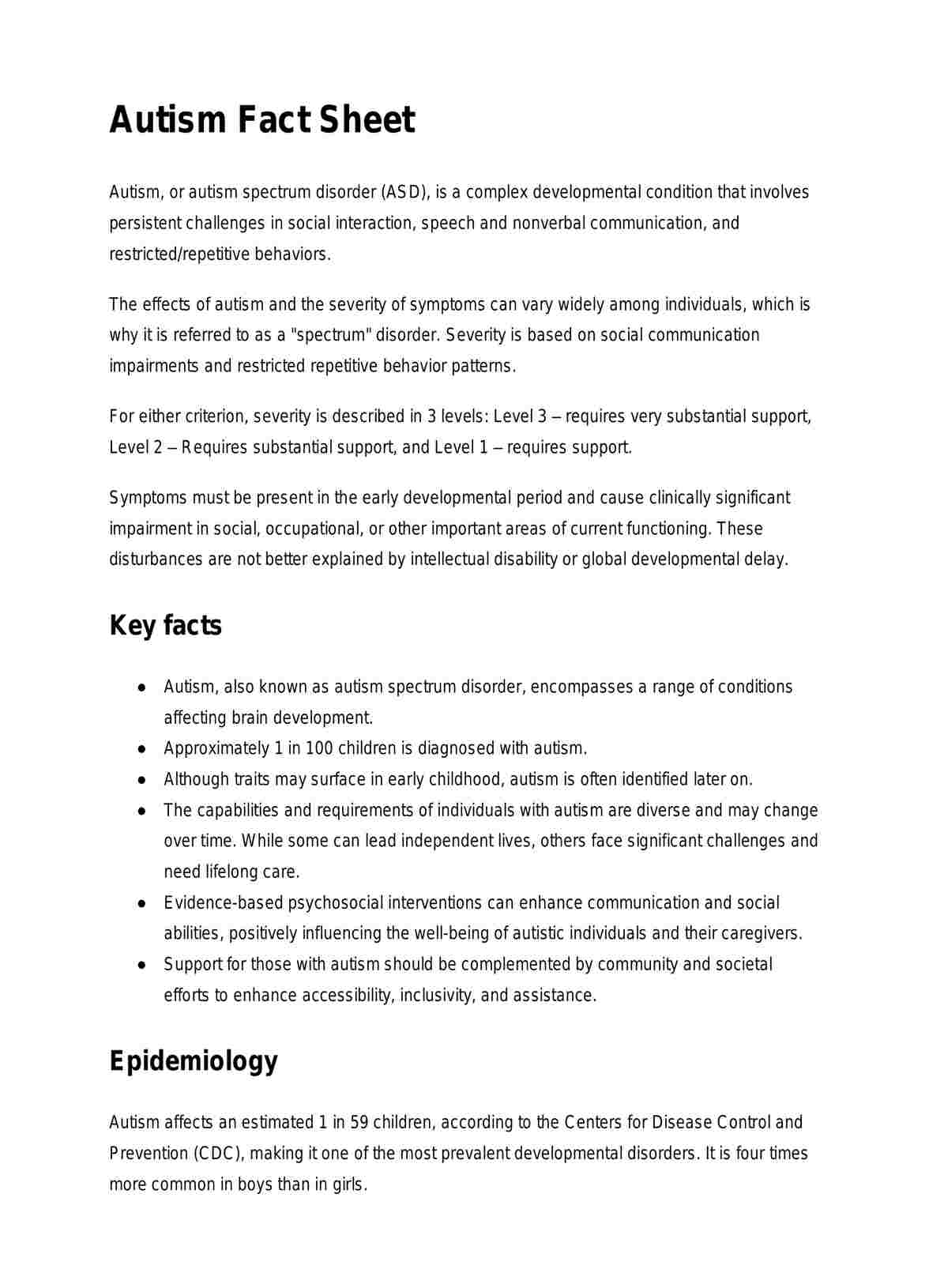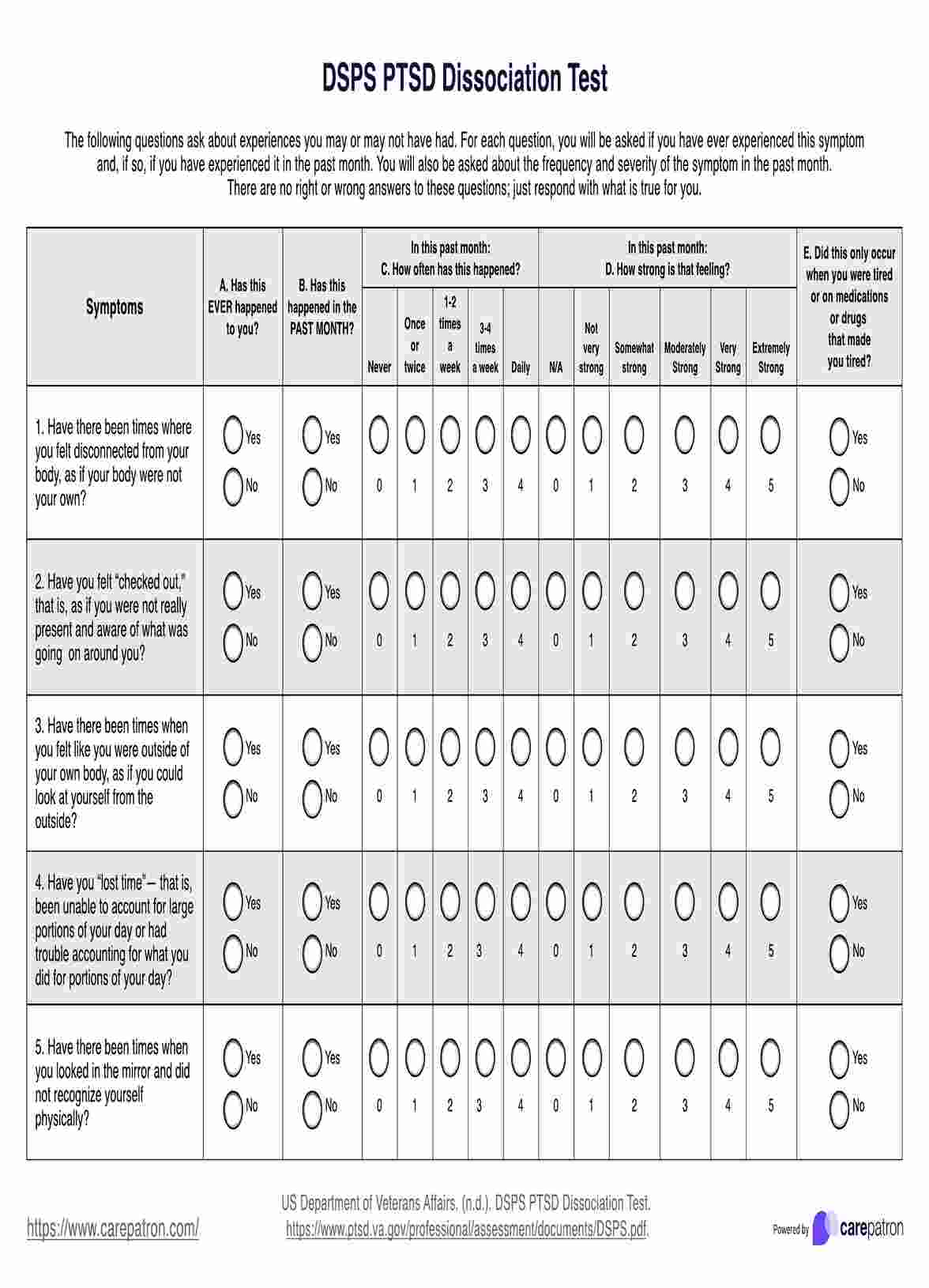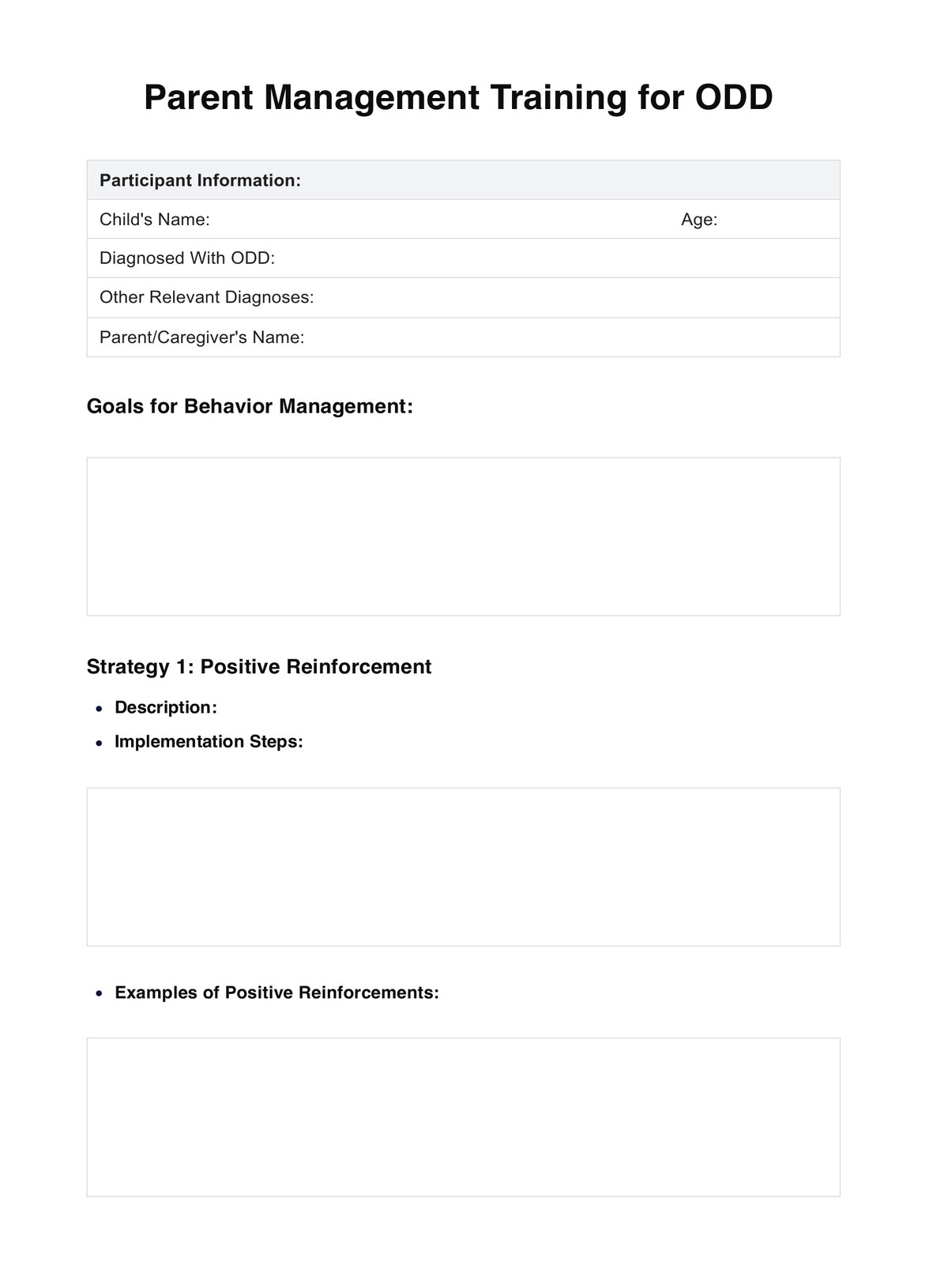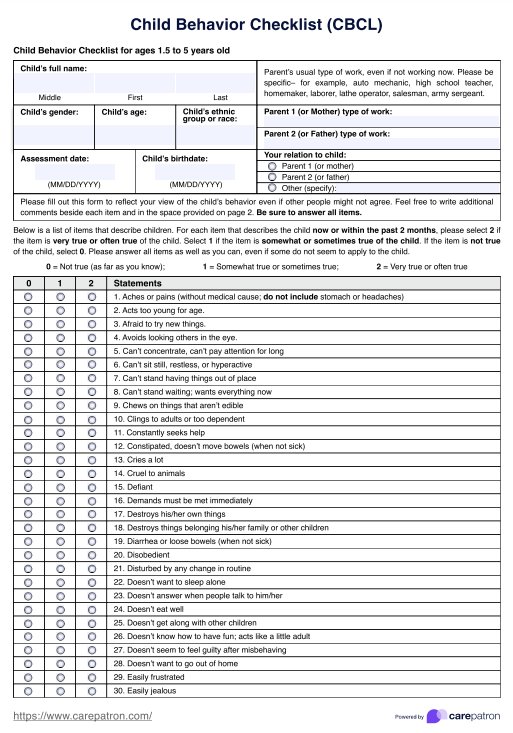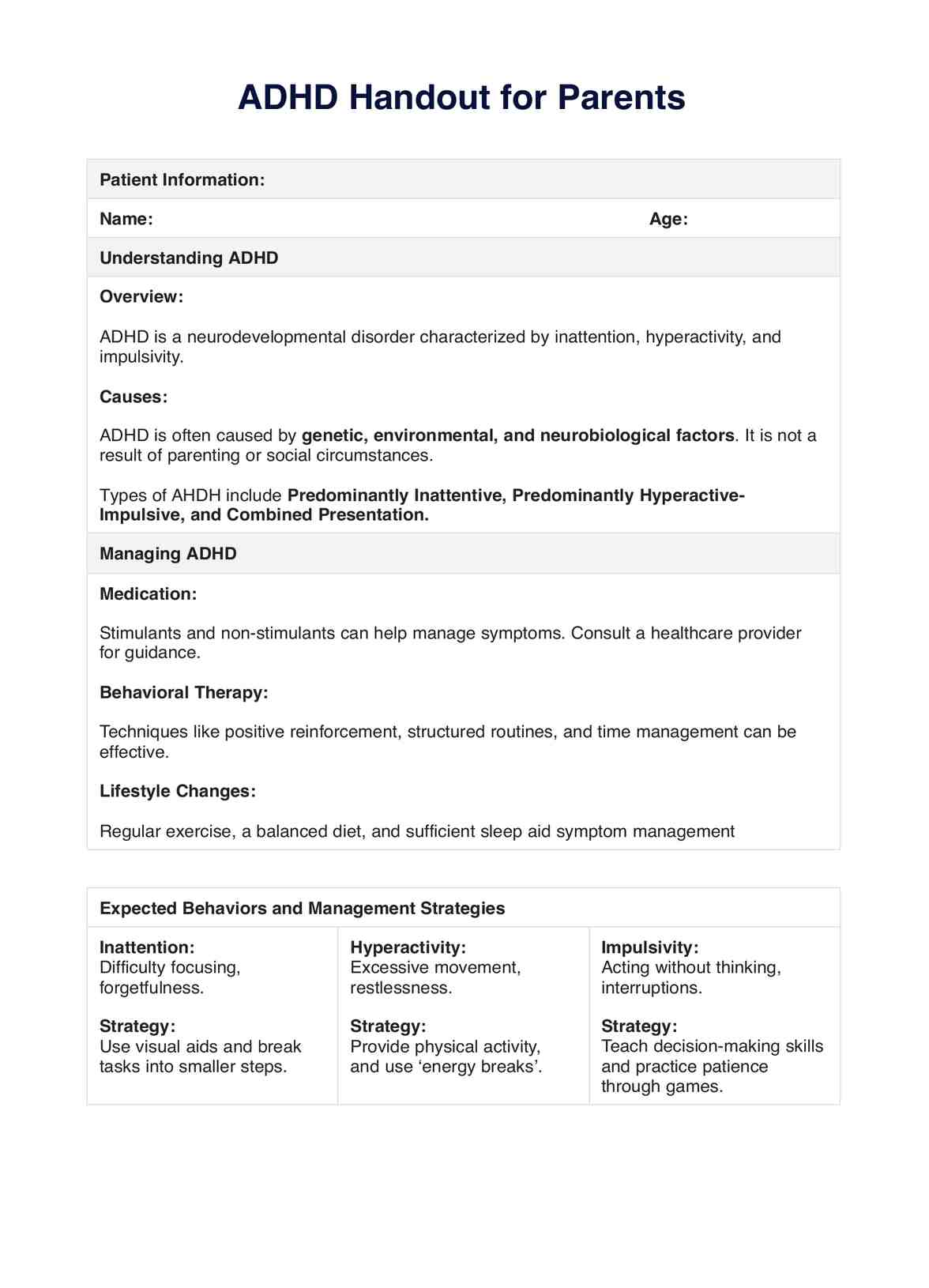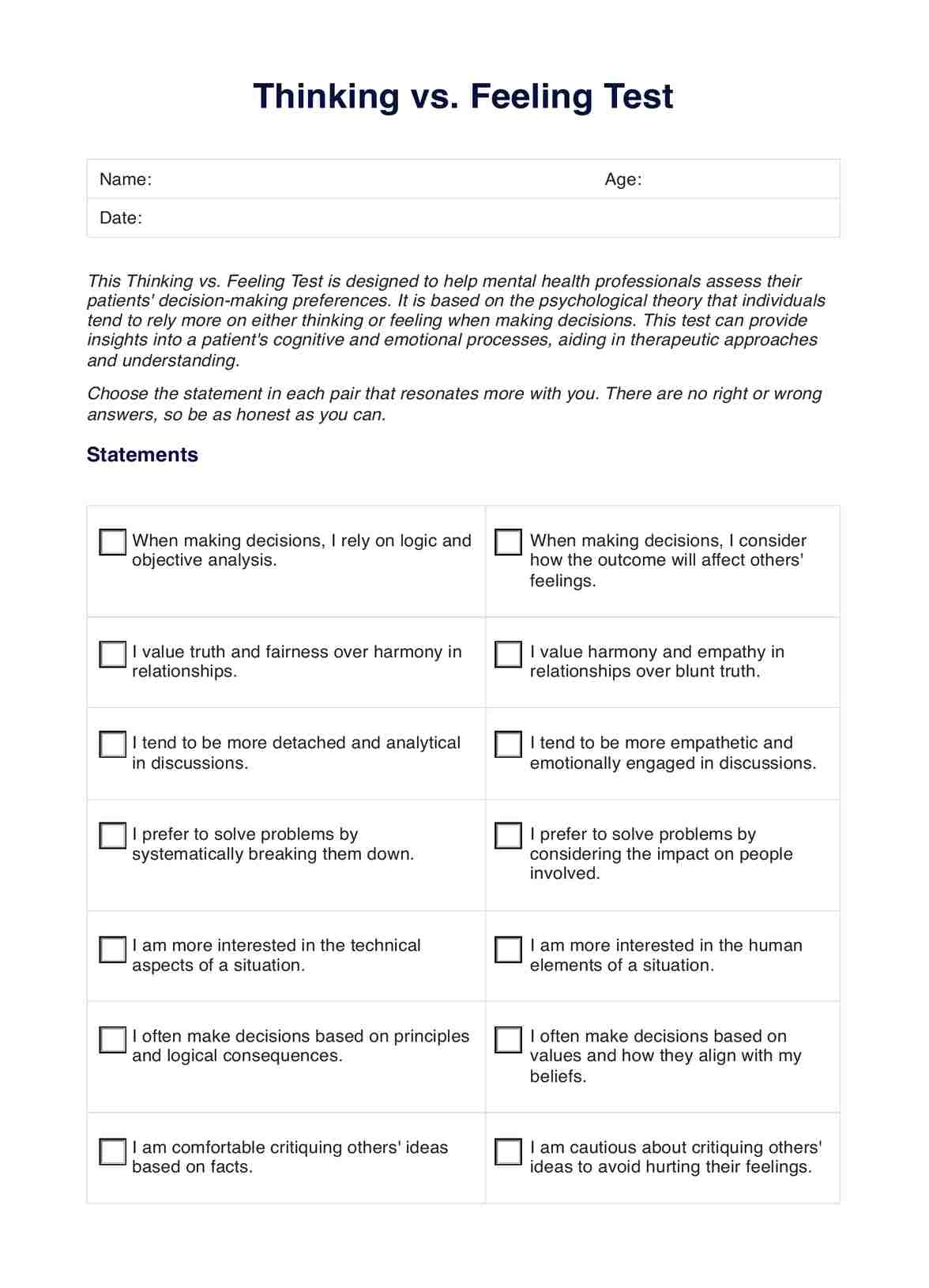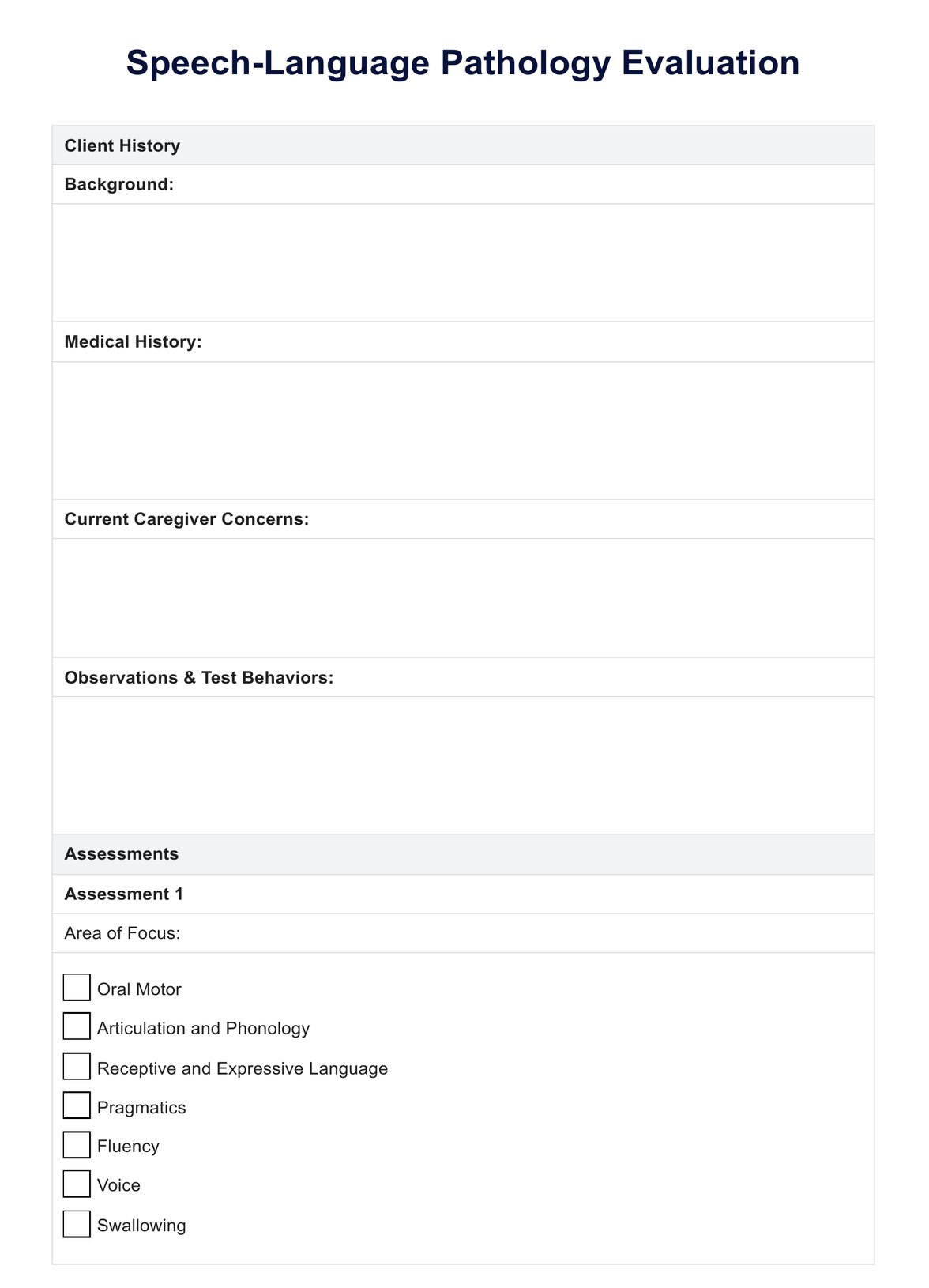Childhood Autism Spectrum Test
Assess potential ASD traits with Childhood Autism Spectrum Test. Screen for behaviors, get insights and consult professionals for guidance.


What is autism spectrum disorder?
Autism Spectrum Disorder (ASD) is a complex developmental condition that profoundly impacts communication and interaction. Individuals with ASD struggle to understand social cues, establish connections, and engage in typical activities. Repetitive behaviors and intense interests are common traits, reflecting the disorder's spectrum of symptoms and severities.
Interventions tailored to individual needs are pivotal in managing ASD. Applied Behavior Analysis (ABA) focuses on behavior modification, cultivating skills, and reducing issues. Speech Therapy enhances communication proficiency, while Occupational Therapy refines motor skills and daily tasks. Social Skills Training equips individuals for more effective interactions.
ASD persists throughout life, but early intervention significantly fosters progress. Its prevalence is estimated at 1 in 54 children in the US, with males more commonly affected. The disorder is thought to result from genetic and environmental influences. While ASD cannot be cured, various interventions enable individuals to lead fulfilling lives.
Early diagnosis and intervention are crucial for better outcomes. By embracing tailored strategies and fostering a supportive environment, individuals with ASD can navigate life's challenges and contribute positively to society.
Childhood Autism Spectrum Test Template
Childhood Autism Spectrum Test Example
How to use the Childhood Autism Spectrum Test:
The Childhood Autism Spectrum Test (CAST) is a widely used screening tool designed to help identify potential signs of autism spectrum disorder (ASD) in children between the ages of 4 and 11. To use the Childhood Autism Spectrum Test (CAST), follow these steps:
Step 1: Access the Test
The CAST is readily available online and can be easily accessed through various reliable sources.
Step 2: Set the Scene
Administer the test in a quiet and comfortable environment where the child feels at ease and can focus without distractions.
Step 3: Answer the Questions
The childhood autism spectrum test consists of 31 yes-or-no questions about the child's behaviors and preferences. Caregivers, parents, or teachers can respond based on their observations of the child's actions and interactions.
Step 4: Scoring
In the childhood autism spectrum test scoring, each "yes" response is assigned one point. After completing the questions, tally the total score. Higher scores indicate a higher likelihood of ASD-related traits.
Step 5: Interpretation
The CAST provides a general guideline for potential ASD traits. However, a high score doesn't necessarily confirm a diagnosis and a low score doesn't rule out ASD. Consultation with a qualified healthcare professional is crucial for a comprehensive evaluation.
Step 6: Seek Professional Evaluation
If the autism test suggests possible ASD traits, seeking a professional evaluation is recommended. A medical practitioner, psychologist, or developmental specialist can provide a more accurate diagnosis and appropriate guidance.
When would you use this Childhood Autism Spectrum Test?
The Childhood Autism Spectrum Test (CAST) is a versatile and timely tool for identifying potential ASD traits. It plays a pivotal role in strategic points and through collaborative efforts involving pertinent healthcare professionals:
Early Developmental Milestones: The CAST holds particular relevance during vital junctures in a child's growth, notably during preschool and early school years. These phases often serve as windows into emerging behaviors and interactions, providing an optimal opportunity to assess potential ASD traits.
Observation of Atypical Behaviors: Parents, caregivers, and teachers should turn to the CAST when they observe behaviors straying from typical developmental norms. These could encompass challenges in forging relationships, communication hurdles, or repetitive actions that trigger concerns.
Engaging Relevant Healthcare Experts:
Pediatricians: As frontline medical practitioners, pediatricians seamlessly incorporate the CAST into routine well-child checkups. This integration enhances the likelihood of early ASD sign detection and enables swift referrals to specialists if warranted.
Psychologists: Armed with expertise in psychological assessments, psychologists seamlessly weave the CAST into comprehensive evaluation procedures. Its outcomes enrich diagnostic accuracy and chart personalized intervention pathways.
Developmental Specialists: Proficient in child development, these specialists utilize the CAST to complement their assessments. This approach yields deeper insights into a child's behavioral framework, facilitating targeted intervention recommendations.
Educators: Teachers wield significant influence in a child's daily routine. Integrating the CAST within educational contexts aids in identifying students who may derive benefits from further evaluation. This collaborative triad among educators, parents, and healthcare professionals yields a holistic support approach.
What are the benefits of using this Childhood Autism Spectrum Test?
The free Childhood Autism Spectrum Test (CAST) is valuable for identifying potential signs of autism spectrum disorder (ASD) in children. Backed by research and designed for ease of use, the CAST provides several key advantages:
Early Detection and Intervention (Research Support)
Research studies have highlighted the effectiveness of early intervention in improving outcomes for children with ASD. The CAST aids in the early detection of ASD-related traits, enabling timely intervention and support to enhance developmental progress.
Source: Johnson et al. (2007) - "The utility of the Childhood Autism Spectrum Test in diagnosing autism spectrum disorders." Journal of Autism and Developmental Disorders, 37(8), 1524-1530.
Quick and Simple Screening
The CAST's concise format, consisting of 37 yes-or-no questions, enables swift administration and easy completion by parents, caregivers, or educators. This user-friendly approach fosters efficient identification of potential concerns.
Tailored Intervention Strategies
By highlighting specific behaviors and tendencies associated with ASD, the autism test assists in developing targeted intervention plans. Professionals and parents can customize support strategies to address a child's needs.
Collaboration and Communication
The CAST serves as a bridge for effective communication between parents, caregivers, educators, and healthcare professionals. Its results facilitate discussions about a child's development, enabling a collaborative approach to assessment and intervention.
Wide Applicability
The CAST's versatility allows it to be used in various settings, including clinics, schools, and early intervention programs. Its broad application ensures that children are screened comprehensively, promoting consistent identification and support.
Resource for Informed Decision-Making
The childhood autism spectrum test gives parents and professionals insights into potential ASD traits. The results can help inform decisions regarding further evaluations and necessary interventions.
Commonly asked questions
The CAST entails a questionnaire of 31 items, commonly filled out by a parent or caregiver of a child aged 4 to 18 years. Typically, it takes around 20 - 30 minutes to finish.
Interpreting the Childhood Autism Spectrum Test involves counting the "Yes" responses. A total score of 16 or above suggests potential ASD traits and may require further evaluation by a healthcare professional.
However, the CAST-31 is a screening, not a diagnostic tool.
Consulting a professional for comprehensive assessment and guidance is recommended for accurate evaluation. Early intervention is key in addressing developmental concerns.
The CAST is commonly employed as a screening tool for ASD in children aged 4 to 18 years. Additionally, it can be integrated into a more comprehensive diagnostic evaluation.
Intended for utilization by parents, caregivers, and professionals well-versed in ASD, the childhood autism spectrum test isn't a self-report measure. It is a collaborative tool for those familiar with children exhibiting ASD traits.


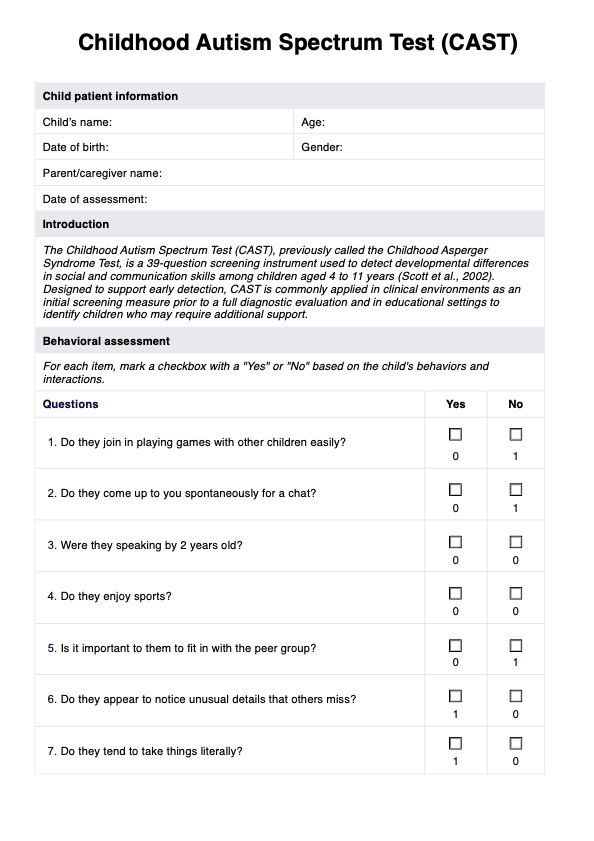
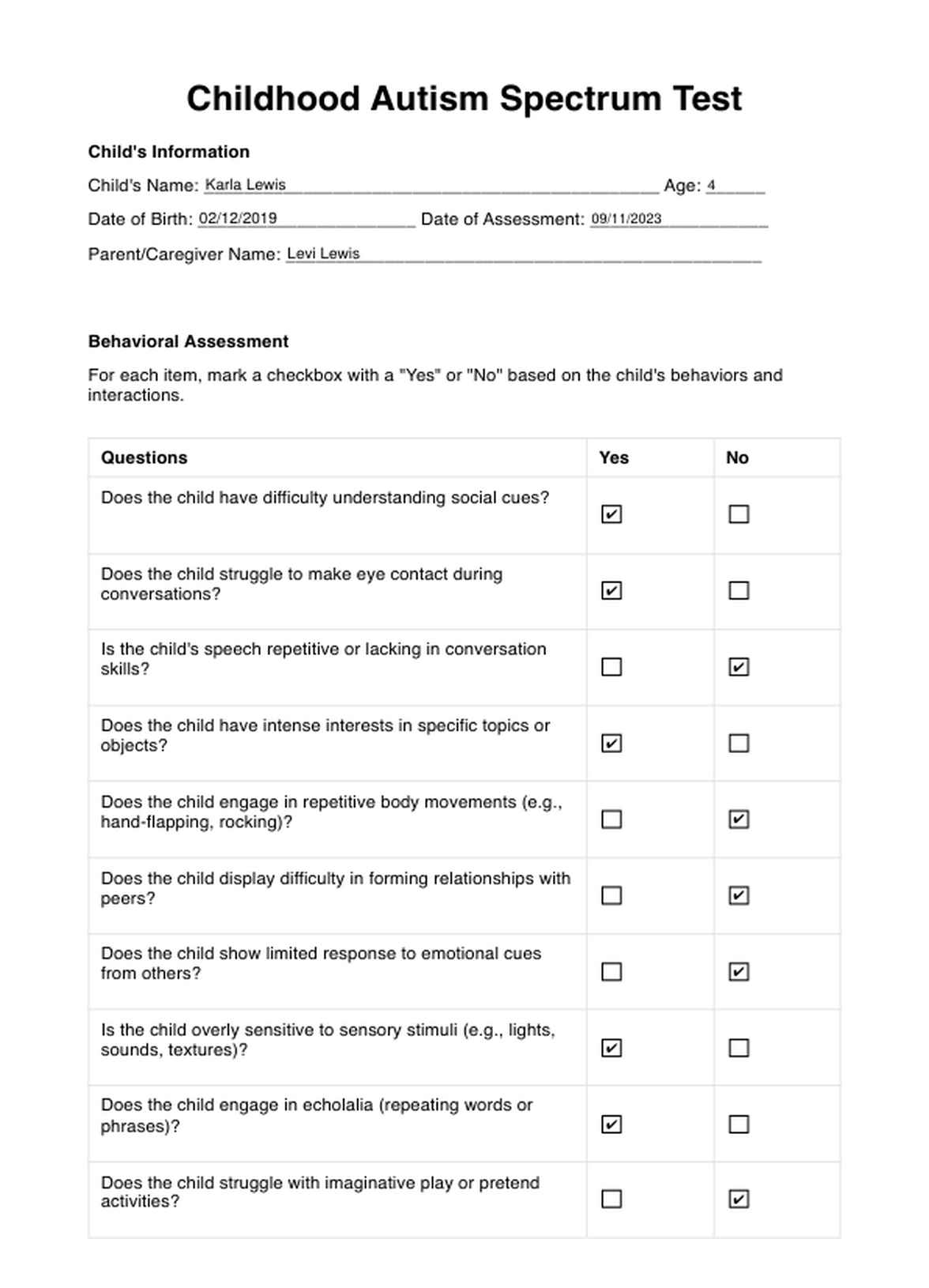

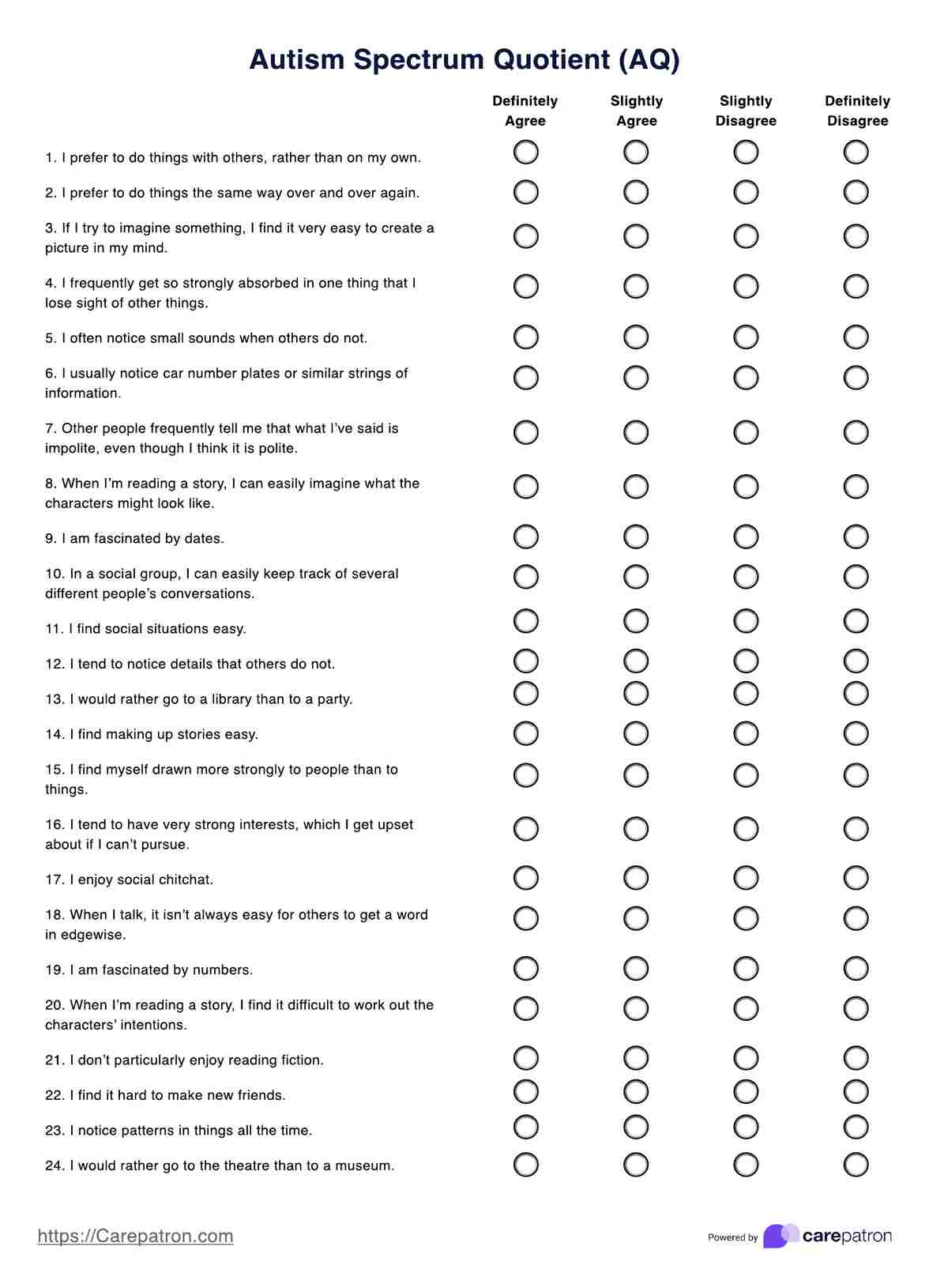
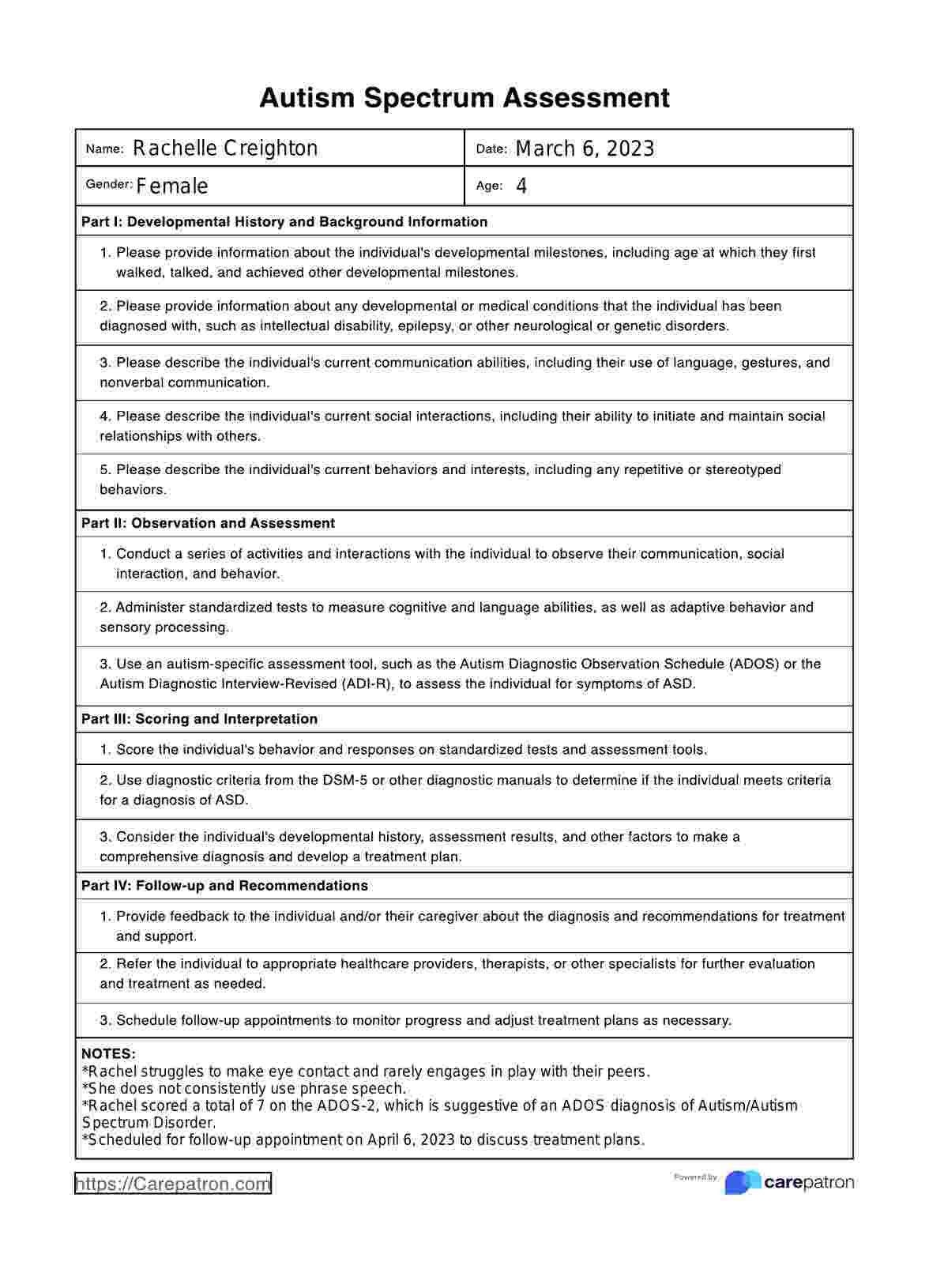












-template.jpg)























































































